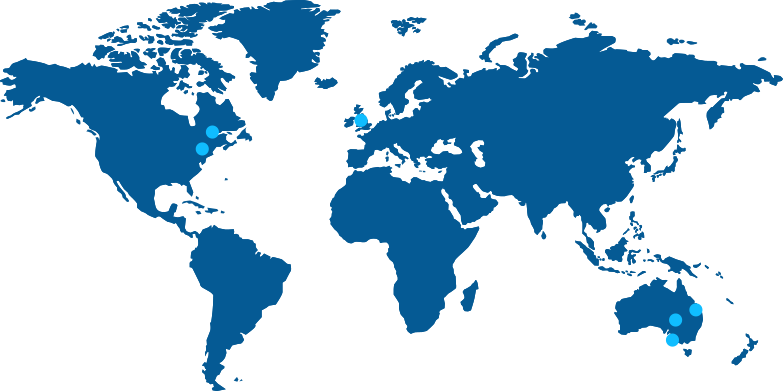Over the last 8 years I’ve gained a personal understanding of customer’s expectations when discussing transitioning data to the S1000D specification. I always hear “In order to complete a transition to this Specification, it’s going to be costly and we can’t afford to interrupt our production schedule” and in response, “Yes it is and yes it will!” is always my first answer to those concerns. I believe that honesty will always be worth every penny spent!
It is true that the cost of transitioning data to S1000D can be an expensive investment, however what is not considered is the cost savings in the years to come with this transition. The true benefit to our customers is being able to provide them with one seamless solution by converting the data and then providing them with the tools to maintain the data cost-effectively. For example, our hosted solution OneStrand AIR eliminates the need to purchase software and/or additional hardware. By following the specification, it allows for re-usability of data to be authored once and then re-used across multiple platforms. This frees Authoring resources as there is less data to manage. These are a few examples of cost savings to the bottom line that will be noticeable in the immediate future.
Moving to S1000D may cause the current production schedule to be interrupted, but only to train the resources that will be utilizing the new systems. We understand and can appreciate that none of our customers can afford a second of down-time in their production schedules. We ensure that before we begin any transition, we work within the parameters of that schedule. For example, why train on data that has no relevance to that production schedule or train topics when our level of experience differs? OneStrand don’t and won’t, as we understand the criticality of meeting your customers schedules. Our training programs have been specifically designed to meet the experience level of each system user. Anytime we train, we also utilize production data to ensure students can relate the training back to their programs. By the end of training those resources will be producing throughput, albeit at a slower speed, but a quality end product will be delivered nonetheless.
Customers place a large parcel of trust in their vendors. It’s important to them that we are part of the overall transition team. This by far has become an important expectation and can be an important differentiator. Society as a whole has become complacent within our virtual worlds and the lack of a face to face presence has become the new normal. As a dedicated member of our customers’ team, I tend to disagree with some of those virtual expectations.
While the next generation of technical data users expect that people are only accessible virtually, we still believe that our physical presence in your boardroom remains vital to ensure we remain just that, a part of our customer’s team!


